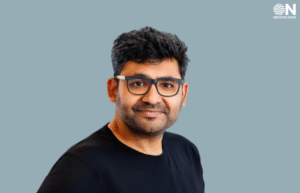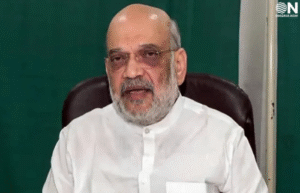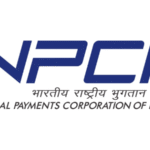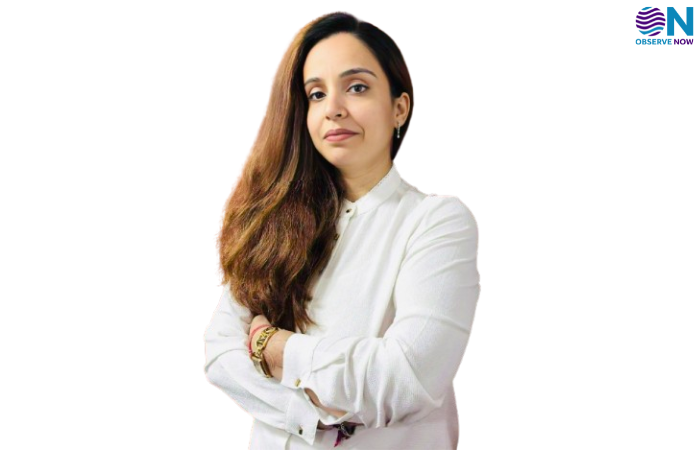The STEM Gender Gap: Are We Really Closing the Gap or Just Pretending?
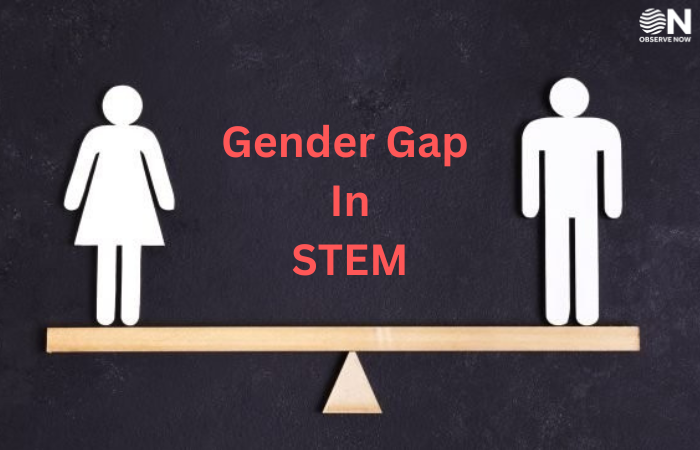
The journey to bridging the gender gap in STEM is not just a matter of equality but a call to action for shaping a future driven by diverse perspectives. With powerful role models, inclusive learning environments, and groundbreaking government initiatives, we have the tools to create a STEM ecosystem that nurtures the talent and creativity of women. By continuing to foster opportunities and break down barriers, we can ensure that the future of science, technology, engineering, and mathematics is one where women are not only participants but leaders driving innovation and progress. Together, we can make the dream of gender equity in STEM a vibrant reality.
STEM—Science, Technology, Engineering, and Mathematics—holds immense promise for the world’s future. Yet, a significant barrier threatens to limit this potential: the persistent underrepresentation of women in the field. Much like in other sectors, women continue to face systemic challenges that hinder their participation and growth.
According to the Global Gender Gap Report (2023), women accounted for only 29.2% of the STEM workforce across 146 nations, despite making up nearly half (49.3%) of the total workforce in non-STEM fields. This disparity highlights the urgent need for a more inclusive approach to STEM education and careers.
On International Day of Women and Girls in Science, Siddharth Mala, Correspondent, ObserveNow Media, engaged with higher education leaders to understand their perspectives on the matter.
As technology becomes an integral part of everyday life, STEM education is no longer just a pathway to career growth—it is essential for social progress and even basic digital literacy. Ensuring equal access and participation for women in STEM is not just a matter of fairness; it is a crucial step toward achieving the 2030 Agenda for Sustainable Development.
Highlighting the importance Prof. Priyadarsan Patra, Vice Chancellor, NIST University stated “To inspire young girls to pursue careers in science and technology, we need a multifaceted approach that both addresses systemic barriers and fosters genuine interest among them. I believe we can achieve this through several key strategies.”
- Firstly, showcasing powerful role models is crucial. Highlighting the achievements of women scientists, both past and present, demonstrates that success in STEM is attainable for girls, even in the face of historical and ongoing biases.
- Secondly, creating inclusive and supportive learning environments is essential. This involves more than simply admitting female students; it requires actively fostering their success. Offering scholarships and financial aid specifically for women in STEM can help address economic barriers. Establishing clubs and societies where girls can collaborate, share their interests, and build a nurturing community is equally important.
- Thirdly, integrating hands-on, project-based learning into the STEM curriculum can make these subjects more engaging and relevant for young girls. By allowing students to tackle real-world problems and participate in innovative projects, we can spark their curiosity and demonstrate the practical applications of scientific and technological knowledge.
Government initiatives play a pivotal role in fostering gender equity, particularly in STEM, where systemic barriers often hinder women’s participation. Recognizing this, India’s Department of Science and Technology (DST) has launched the WISE-KIRAN initiative, a comprehensive framework designed to support women at various career stages in science and technology. Programs such as WISE-PhD and WISE-PDF facilitate doctoral and post-doctoral research, while WIDUSHI ensures continued engagement for retired and non-permanent women scientists. WISE-SCOPE and WISE-IPR encourage societal impact and intellectual property expertise, respectively, while WINGS promotes international research opportunities. Additionally, CURIE enhances research infrastructure, Vigyan Jyoti fosters STEM education among girls, and GATI drives institutional gender equity. These initiatives collectively represent a strategic effort to bridge the gender gap, empower women in STEM, and create a more inclusive scientific ecosystem in India.
“Governments should introduce special funding programs and scholarships to support girls in pursuing undergraduate studies in basic sciences. Providing opportunities for them to study at top institutions across the country and abroad can further motivate them to build careers in research” said Mohammad Atiqur Rehman, Founder Director, The Creator International School, Khamgaon & Research Scientist (Ex), Tata Institute of Fundamental Research, Mumbai.
UNESCO data reveals that, on average, women make up approximately 33.3% of researchers worldwide, while only 35% of students pursuing STEM-related studies are female, underscoring a notable gender disparity in science and technology.
Despite the growing demand for technological expertise in the Fourth Industrial Revolution, women continue to be underrepresented, comprising just 28% of engineering graduates and 40% of those in computer science and informatics. The upcoming UNESCO Science Report, particularly the chapter To be Smart, the Digital Revolution will Need to be Inclusive, highlights the persistent gender bias faced by women in scientific careers.
This highlights the urgent need for targeted policies, mentorship programs, and institutional reforms to create a more inclusive and supportive environment for women in STEM, ensuring equal opportunities for participation and advancement in these critical fields.
Underscoring the role of Universities in Women’s Participation in Science, Dr. Anamika Singh, Director, Pune Institute of Business Management (PIBM) underscored “Universities shape the future of STEM by providing scholarships, mentorship, and strong female representation. By breaking biases and fostering an inclusive culture, they empower women to lead in science.”
Early exposure, hands-on learning, and visible female role models can spark a passion for STEM in young girls. When they see women excelling, they believe they can too. Encouraging curiosity and confidence makes all the difference. A culture of discovery grows when students have access to cutting edge research, collaboration, and real world problem solving. Innovation labs, hackathons, and industry partnerships help turn ideas into breakthroughs, further added Dr. Singh.
Citing such initiatives Dr. Safia Farooqui, Director, Dr. D Y Patil Vidyapeeth – Centre for Online Learning, asserted “Dr. D.Y. Patil Vidyapeeth, Centre for Online Learning, Pune, is actively fostering a strong culture of scientific research and innovation among students by creating an environment that encourages curiosity, experimentation, and collaboration.”
The institute integrates research-based learning into its curriculum, allowing students to engage in real-world problem-solving. Through hands-on projects, interdisciplinary research, and industry partnerships, students gain practical experience and exposure to cutting-edge advancements. Dr. D.Y. Patil Vidyapeeth, Centre for Online Learning, Pune, provides access to well-equipped virtual labs, research funding, and mentorship programs. Faculty members and researchers guide students in exploring complex scientific challenges, ensuring meaningful research outcomes, concluded Dr. Farooqui.
This highlights the journey to bridging the gender gap in STEM is not just a matter of equality but a call to action for shaping a future driven by diverse perspectives. With powerful role models, inclusive learning environments, and government initiatives, we have the tools to create a STEM ecosystem that nurtures the talent and creativity of women.
Conversations about the future of education should always be the talk of the town, and ObserveNow Media continues to lead the way in driving transformation in the education sector. With this commitment, we are excited to present the 9th Edition of the Education Leaders Conclave & Awards, which will be held in New Delhi on 21st February 2025. This event will bring together leading thinkers, innovators, and professionals to discuss ideas and celebrate achievements in education. Join us as a delegate at this impactful event—register now and be a part of shaping the future of education!




